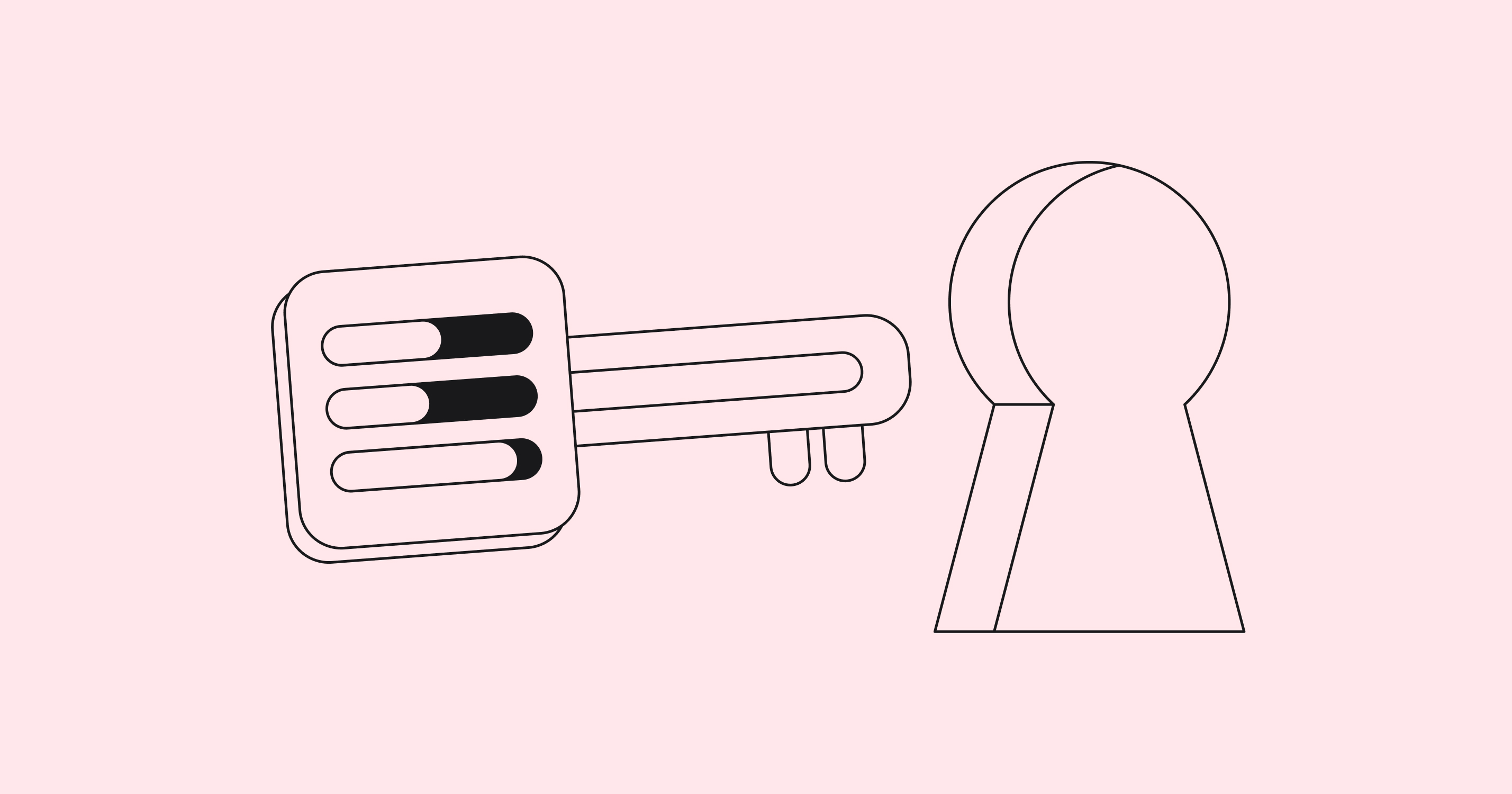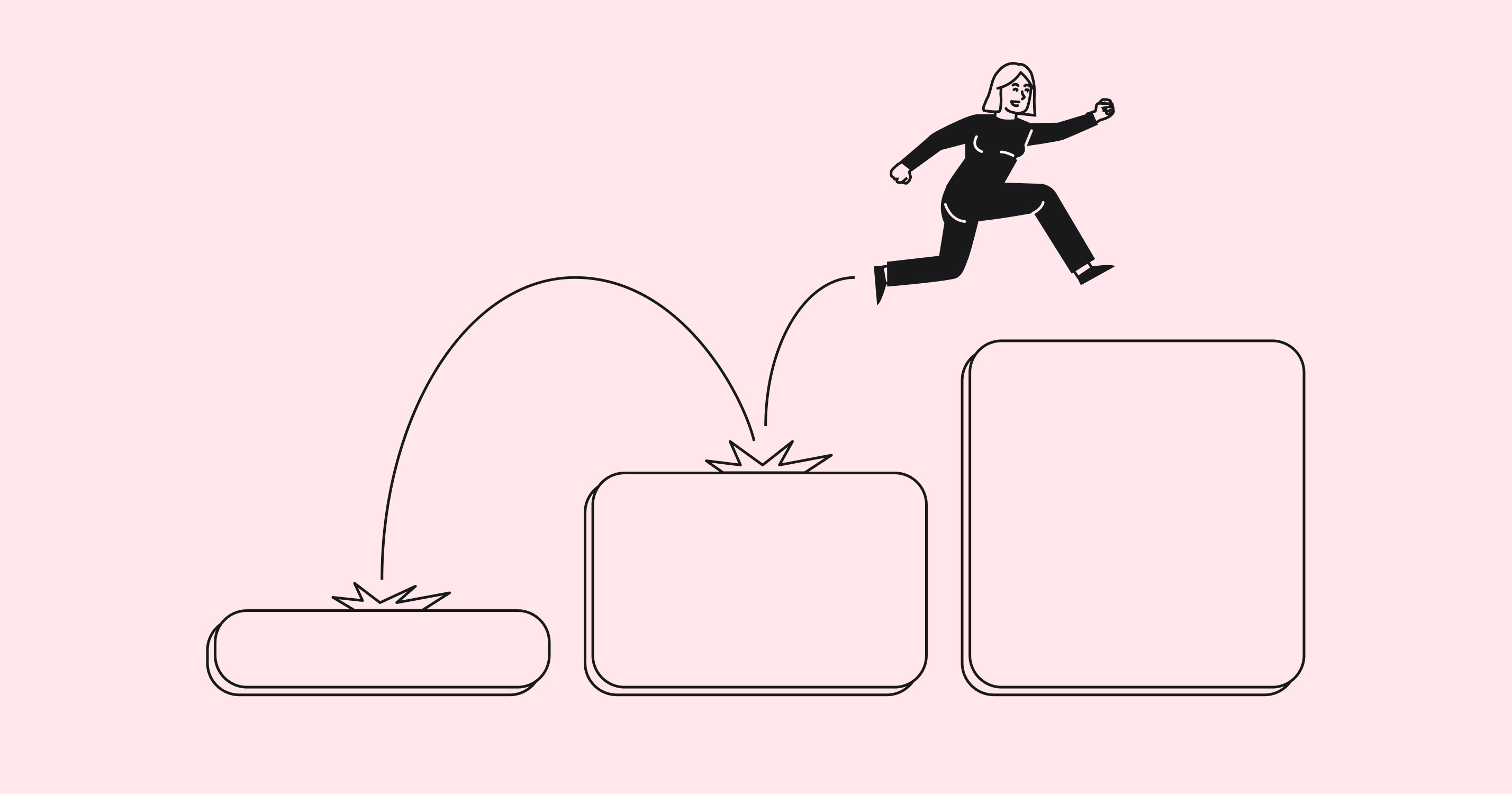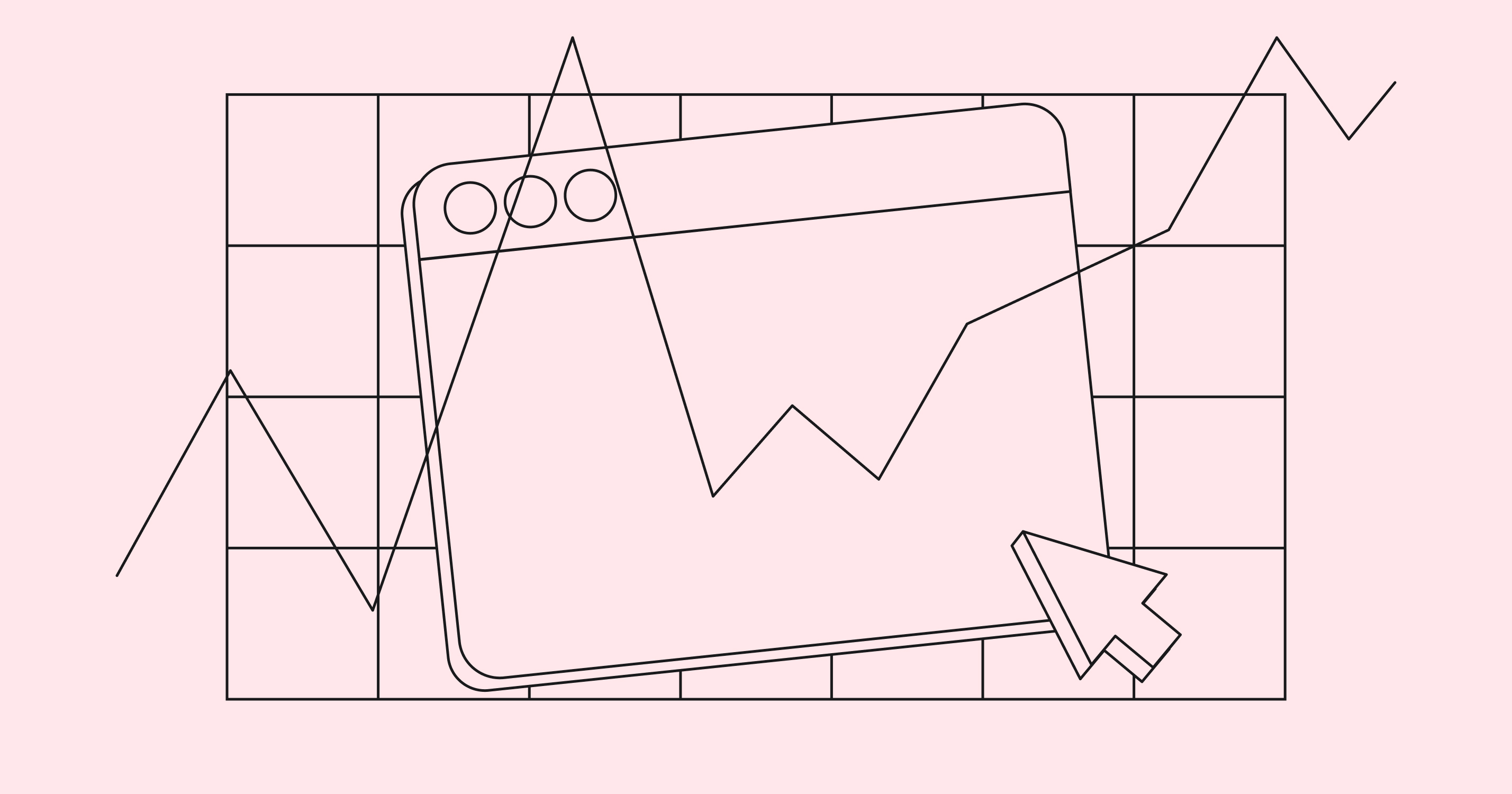In a world where each customer is precious and competition is growing daily, CRM design is evolving from simple automation to the true art of relationship management. Imagine a system that doesn't just store data. This system helps you understand and anticipate customer needs. It's like an experienced consultant with years of experience.
The process of developing these systems in 2026 is a balancing act. And the balance you must strike is between powerful technological capabilities and a human approach to business. Today's companies are looking for software and a trusted digital partner. They aim to make every customer interaction valuable.
CRM best practices are constantly evolving. They utilize modern tools like artificial intelligence, predictive analytics, and virtual reality elements. In this article, we'll look at how to create a CRM system that goes beyond basic functionality to help businesses grow.

What is CRM Design?
CRM design is designing and developing customer relationship management systems to create an effective tool to automate and optimize work with the customer base. It is a comprehensive approach that includes technical aspects and a deep understanding of business processes, user psychology, and company needs. A well-designed CRM system becomes an indispensable tool for improving the efficiency of customer relations and business development.
The CRM design process covers all aspects of system creation, from analyzing the company's needs to implementing the finished solution. Special attention is paid to usability, flexibility of settings, and integration with other business tools. A successful design should consider not only the company's current needs but also its growth prospects.
In today's environment, CRM practices involve creating systems that can adapt to changing business needs and technological innovations. This includes:
- Scalability
- Integration with artificial intelligence
- Interaction with analytical tools
- Working with various customer communication channels
The Importance of Effective CRM Design
The CRM design process directly affects the success of system implementation and its further utilization. Effective design increases employees' productivity and improves customer service quality. For the business overall, CRM helps optimize processes and increase sales. A qualitatively designed CRM system becomes a central tool for managing customer relationships: it provides transparency of processes and helps make informed decisions.
Key benefits of effective CRM design include:
- Increased operational efficiency. Automating routine tasks and centralized access to data reduces time for daily operations and increases team productivity.
- Improved customer experience. Personalized interactions based on full interaction history and preference analysis increase loyalty.
- Sales optimization. Automated funnel management and deal forecasting improve conversion rates and resource allocation.
- Analytical capabilities. In-depth analytics help identify trends, optimize processes, and support strategic decisions.
- Business scalability. Flexible systems grow with the company and adapt to new requirements.
- Competitive advantage. Properly organized processes enable faster responses to market changes and better service than competitors.
CRM practices show that effective system design not only pays back the initial investment. It also creates a solid foundation for long-term business growth.

Key Principles of CRM Design
User-Centric Interface
CRM practices show that the system's success largely depends on its usability. When designing an interface, it is essential to consider intuitive navigation, logical arrangement of elements, speed of access to frequently used functions, and minimization of the number of actions required to perform typical operations. The design process should focus on creating an intuitive interface that includes:
Optimized navigation structure
- Logical grouping of functions
- Clear section names
- Quick access to key tools
Ergonomic workspace design
- Adaptive layout for different devices
- Customizable toolbars
- Convenient layout of controls
Designing CRM with a focus on user experience reduces employee training time and increases efficiency. CRM best practices recommend regular usability testing and collecting feedback from users to continuously improve the interface.
Customization and Flexibility
CRM design should include the ability to customize the system to meet specific business needs. This includes creating custom fields, customizing workflows, generating specialized reports, and adapting the interface for different user roles. Best practices highlight the following key aspects of system flexibility:
Data customization
- Creating additional fields
- Customizing customer cards
- Flexible filters and searches
Process automation
- Customizable business rules
- Custom triggers
- Adaptable sales funnels
The CRM design process must consider each business's unique characteristics. CRM design shows that the ability to fine-tune a system greatly enhances its effectiveness. It is especially important to provide a simple interface for making changes so the business can quickly adapt the system to new requirements without involving technical specialists.
This approach to customization allows you to create a convenient tool that exactly meets the needs of the company and can evolve with the development of the business.
Integration Capabilities
CRM best practices involve seamless integration with existing business tools. The system should easily interact with email services, telephony, analytics tools, and other enterprise applications. The CRM development process should consider the following integrations:
Basic integrations
- Mail clients (Gmail, Outlook)
- Telephony and messengers
- Calendars and schedulers
Business tools
- Document management systems
- Accounting programs
- Marketing platforms
CRM design process tailored to integration needs allows you to create a unified ecosystem of business processes. CRM practice shows that successful integration increases work efficiency due to automatic data exchange between systems and eliminating the need for double information entry.
It is important to provide the technical possibility of integration via API and a convenient interface for customizing links between systems, allowing business users to manage integration processes independently.
Data Management and Security
The CRM development process must include creating a reliable data management and protection system. Special attention is paid to differentiating access rights, data encryption, regular backups, and compliance with personal data protection legislation. CRM security best practices include:
Data protection
- Multi-level encryption
- Secure transmission protocols
- Protection against unauthorized access
Access Control
- Role-based permission model
- Two-factor authentication
- Detailed logging of actions
CRM design should include a comprehensive approach to data security. CRM practices show what is particularly important to ensure:
Compliance
- Local legislation
- Industry standards
- Corporate security policies
Modern business needs not only technical protection but also information security training and regular auditing of the system for possible vulnerabilities.

Best Practices in CRM Design
Aligning CRM with Business Processes
CRM requires a thorough analysis and optimization of existing business processes before implementing the system. It is essential to ensure that CRM not only automates current processes but also contributes to their improvement.
The CRM design process starts with an in-depth audit of the company's business processes. Best practices recommend that you don't just digitize your existing processes. You should use the system implementation as an opportunity to optimize and improve workflows.
System design should consider the specifics of each business process, from the first contact with a customer to post-sales service. The system should not only meet the current needs of the company. It should also have enough flexibility to adapt to future changes in business processes. This makes it possible to create an effective tool that helps the business develop.
Prioritizing Essential Features
CRM design starts by highlighting the key features that will bring the most value to the business. It helps avoid overloading the system and focus on the important features.
The CRM design process requires careful analysis of the needs of different company departments. Best practices recommend using the MVP (minimum viable product) principle, starting with a core set of critical features.
CRM practices show that the most effective approach is a phased implementation of functionality. First, basic modules such as contact, transaction, and communication management are implemented. After their successful mastering by users, additional features are added: advanced analytics, marketing automation, and integration with external systems. This approach ensures smooth implementation and a high adoption rate among employees.
Incorporating User Feedback
CRM best practices involve constantly collecting and analyzing feedback from users. Regular system updates based on user feedback help improve usability and efficiency.
CRM design should include effective mechanisms for collecting and processing user feedback. The development process becomes cyclical: implement - get feedback - analyze - improve. It is crucial to create an atmosphere where users feel that their opinions are valuable and influence the development of the system.
CRM practice shows that successful systems constantly evolve based on real user needs. Regular surveys, analysis of user behavior, tracking frequently arising problems, and collection of suggestions for improvement help to create a really convenient and effective tool for work.
Training and Support
CRM development necessarily includes creating a comprehensive user training and support system. This may include conducting training, creating training materials, and providing operational technical support.
Best practices show that the successful implementation of the system is 80% dependent on the quality of user training. CRM design should provide for creating a convenient knowledge base, including video tutorials, step-by-step instructions, and answers to frequently asked questions.
Practice demonstrates the effectiveness of a multi-level approach to training: initial training for new users, advanced courses for experienced employees, and specialized seminars for system administrators. It is also important to provide ongoing technical support that can promptly resolve any issues and help users maximize the use of all system features.

Steps in the CRM Design Process
Needs Assessment
The design process begins with a thorough analysis of business needs, studying existing processes and defining the key objectives of the system implementation.
System Selection
CRM practices show the importance of choosing between off-the-shelf solutions and developing your system. The decision is based on analyzing the company's requirements, budget, and long-term goals.
Design and Customization
The development process includes detailed system design, customization of functionality, and creation of user interfaces per business requirements.
Implementation and Testing
Best practices involve thorough system testing before full-scale implementation. It helps to identify and eliminate possible problems at early stages.
Training and Rollout
The final stage of implementation includes user training and a gradual transition to the new system, ensuring smooth integration of CRM into work processes.

Common Challenges in CRM Design and How to Overcome Them
User Resistance
CRM design must take into account possible employee resistance to change. Developing a strategy that will help minimize this resistance and ensure user acceptance of the system is essential.
Data Migration Issues
The CRM design process often faces challenges when migrating existing data to a new system. It is necessary to ensure data migration's accuracy and security while maintaining the data's integrity.
Overcomplicating the System
CRM best practices recommend avoiding overcomplicating the system. It is vital to strike a balance between functionality and ease of use.

Future Trends in CRM Design
Artificial Intelligence and Automation
CRM practices increasingly rely on artificial intelligence to automate routine tasks, predict customer behavior, and optimize processes.
Modern systems actively use machine learning to analyze customer data to predict the likelihood of closing deals and identify potential customers. CRM design considers the ability to automate routine tasks such as filling in data, categorizing requests, and generating personalized offers.
Mobile Accessibility
CRM design should consider the growing need for mobile access to the system. Modern solutions must work equally effectively on all devices.
Mobility is becoming a key success factor for CRM systems, especially for field sales and off-site operations. CRM practice shows that an optimized mobile interface with quick access to critical functions significantly increases employee productivity and the speed of processing customer requests.
Enhanced Data Analytics
The CRM design process increasingly focuses on in-depth data analysis capabilities to make better business decisions.
Modern systems provide advanced data visualization and analysis tools to help businesses better understand customer behavior. CRM best practices include using predictive analytics to forecast sales, analyze the customer journey, and identify growth points in the customer experience.

Frequently Asked Questions (FAQ)
What are the 4 C's of CRM?
CRM best practices are based on four key components: customer data, customer interaction, customer retention, and customer experience. These elements form the foundation of an effective customer relationship management system.
What are the 6 C's of CRM?
CRM practices emphasize six core elements: customer, cost, convenience, communication, credibility, and connection. Each element plays an important role in creating an effective CRM system.
What is a CRM design?
CRM design is creating a customer relationship management system that effectively solves business problems and is easy to use. It includes needs analysis, interface design, and functionality customization.
What are the five steps in the CRM process?
The CRM development process involves five major stages: needs assessment, system selection, design and customization, implementation and testing, training, and launch. Each stage requires careful planning and monitoring.
Conclusion
Effective CRM design is a key success factor in modern business. CRM best practices constantly evolve to accommodate new technological opportunities and changing business needs. It is important to remember that the CRM design process is a continuous improvement process that requires constant attention to user needs and changes in the business environment. Following the described principles and recommendations will help create a system that will increase the efficiency of work with clients and bring tangible benefits to the business.








